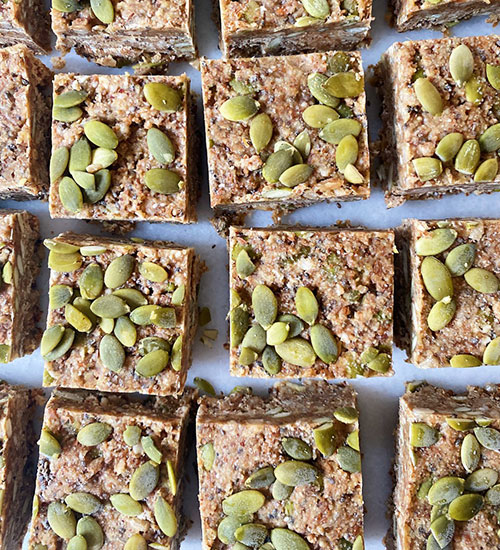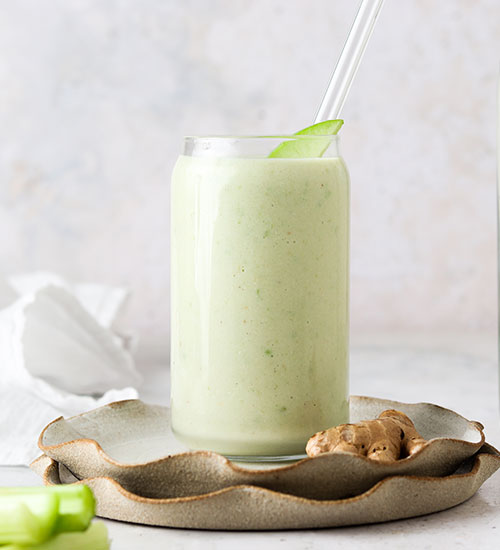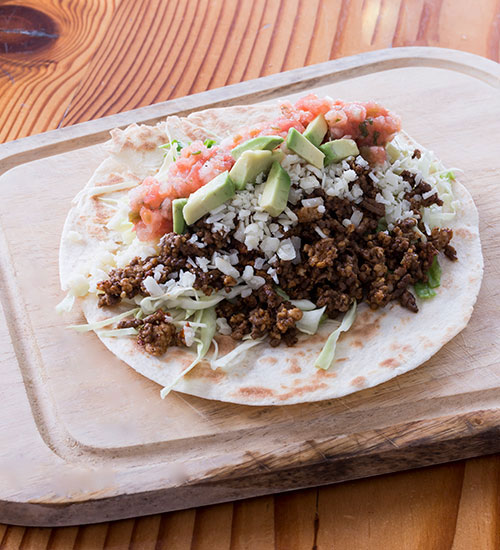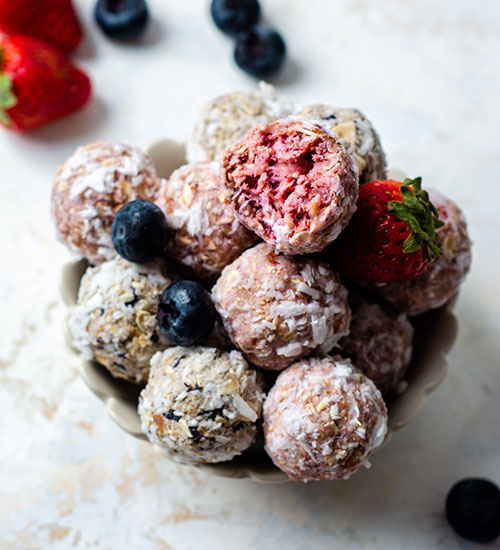Can You Cook the Nutrients Out of Your Food?
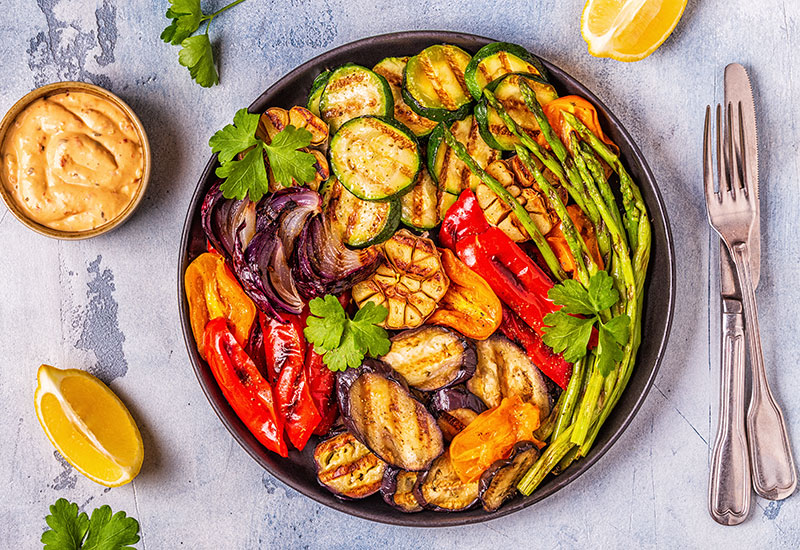
The following article was written by Heinen’s Chief Dietitian, Melanie Jatsek RD, LD.
To cook or not to cook? That is the question on the minds of those seeking to get the most nutrition out of their food. When it comes to fruits and vegetables, the answer is, it depends.
The Benefits of Eating Raw Fruits and Vegetables
In general, raw fruits and vegetables are more beneficial for your health than their cooked counterparts. Here are three reasons to reach for raw:
- They have more vitamins. Once fruits and veggies are cooked, their vitamin and phytonutrient (antioxidant) content can become diminished. Water-soluble vitamins like vitamin C and B-vitamins, and fat-soluble vitamins A, D, E, and K are particularly vulnerable to heat.
- They are full of enzymes. Also sensitive to heat are the living digestive enzymes present in raw fruits and vegetables. These special proteins help break down food particles so you can digest and absorb them. While it’s true that enzymes are produced naturally by your pancreas, certain lifestyle habits like excessive alcohol intake, lack of physical activity, and eating a Standard American Diet (i.e., SAD diet) full of processed convenience foods, can have a negative impact on enzyme production over time.
- They make you happy! Research shows that people who eat more fruits and vegetables have a higher likelihood of happiness, positive mood, and life satisfaction. This is because cooking and processing fruits and vegetables has the potential to diminish nutrient levels, which likely limits the delivery of nutrients that are essential for optimal emotional functioning.
The simple act of eating a couple servings of raw fruits and vegetables every day is one step you can take to squeeze the most nutrition, absorption, and happiness out of your produce. Here are the vegetables I recommend enjoying raw.
- Bell Peppers
- Garlic
- Onions
- Watercress
- Spinach
- Broccoli
Vegetables to Enjoy Cooked
Common sense tells us that plant foods like winter squash, sweet potatoes and dried beans and lentils all need to be cooked before eaten. But those aren’t the only veggies that should be cooked to optimize their nutritional benefits. It turns out the antioxidants in vegetables like cabbage, carrots, kale and tomatoes, are more easily absorbed by your body when cooked.
Steaming, sautéing, stir-frying, and roasting (at 200-300°F) are the best methods of cooking to preserve nutrition. A good rule to follow is low to moderate heat for 5-10 minutes max.
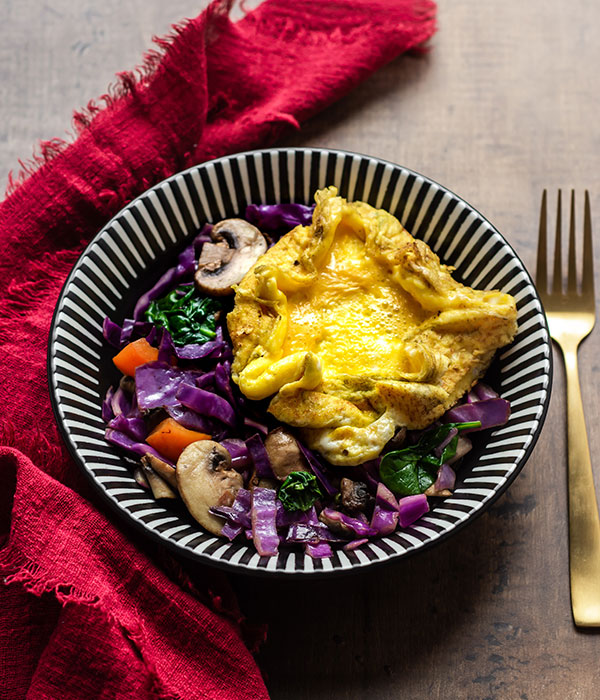
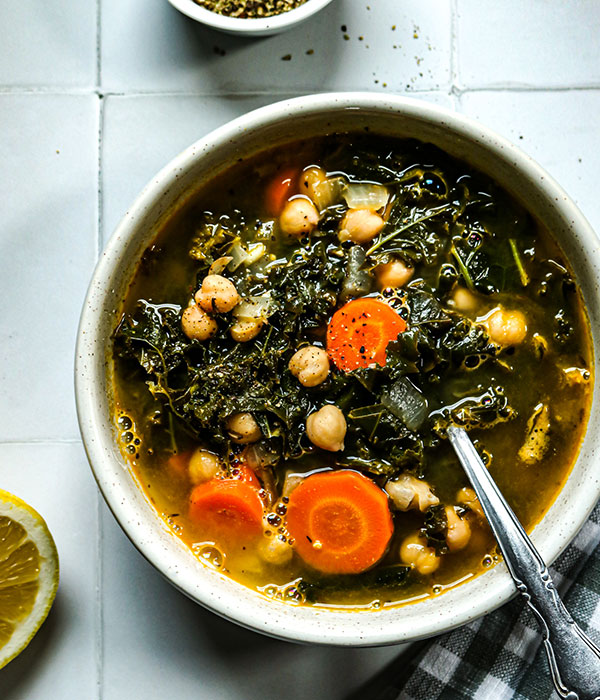
Tips for Peak Nutrition and Absorption of Fruits and Vegetables
- Add healthy fat. To increase the bioavailability of fat-soluble vitamins A, D, E and K, drizzle a little healthy fat like Heinen’s extra virgin olive oil or avocado oil over asparagus, bell peppers, broccoli, Brussels sprouts, carrots, leafy greens, mushrooms, onions, squash and sweet potatoes.
- Soak dried beans, pes, lentils, nuts and seeds in water. This helps deactivate phytic acid—a natural substance in these foods that binds to minerals and prevents their absorption.
- Chew, chew, chew! Be sure to chew your food until liquified. It may take more time, but doing so activates salivary enzymes and digestive juices to help you better digest and absorb your food.
- Shop local and in-season. Purchasing locally grown produce at Heinen’s gives you the extra nutritional edge your body deserves. Local and seasonal fruits and veggies are picked closer to full ripeness, which means more vitamins, minerals and antioxidants for you!
- Stock up on frozen fruits and vegetables. Some of the most nutritious fruits and vegetables are found in Heinen’s Frozen Department. Because they are harvested at peak ripeness and quickly flash frozen, the vitamins and minerals are locked in and loaded until you’re ready to enjoy them. Just be sure to reach for the plain varieties when possible.
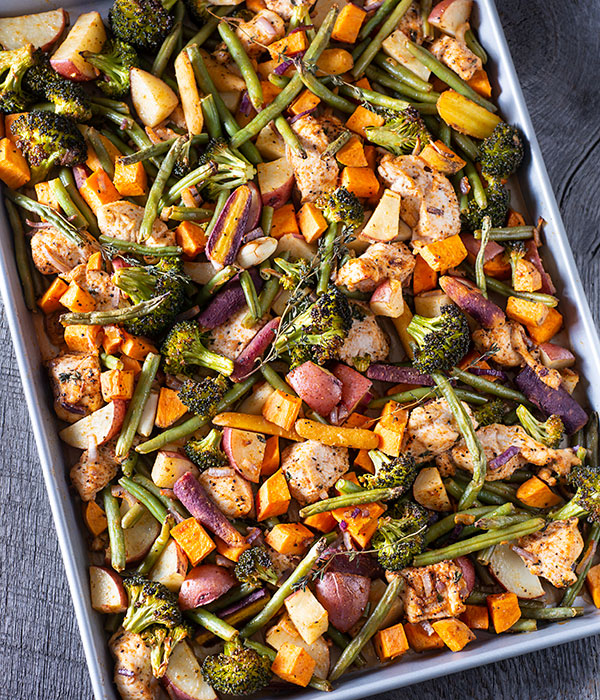
Key Takeaway
You’ve heard the saying: you are what you eat. I think it’s important to take this one step further: you are what you absorb! If what you’re eating lacks vitamins and minerals, or you aren’t fully digesting and absorbing the nutrients in that food, you won’t be living up to your ultimate health potential.
Whether in a smoothie, salad or as an afternoon snack, make it a rule to fit some raw fruits and vegetables into your meals each day. I find it easiest to incorporate raw fruits and veggies at breakfast and lunch, which then leaves plenty of room to enjoy baked sweet potatoes, carrots, or a colorful vegetable stir-fry with dinner.
Raw Recipe Inspiration
